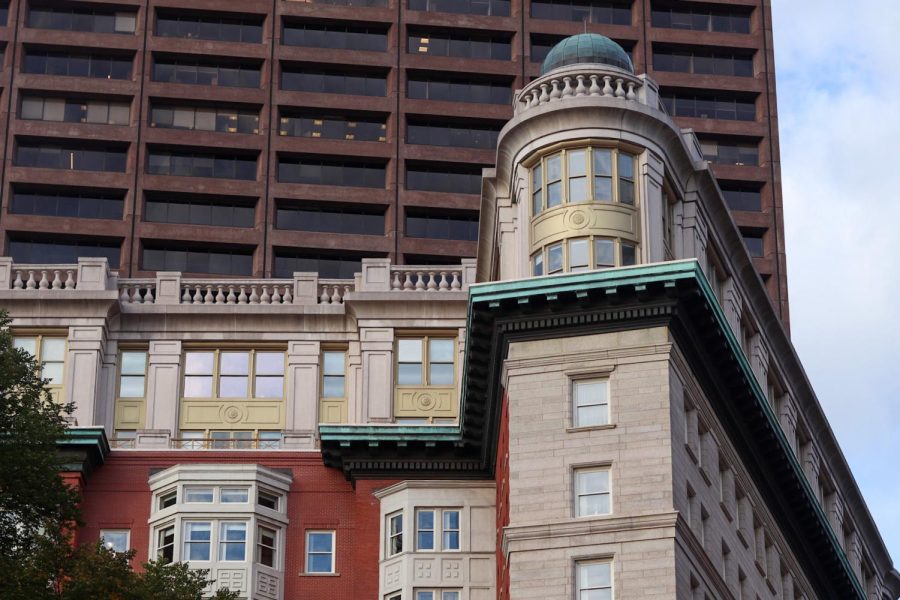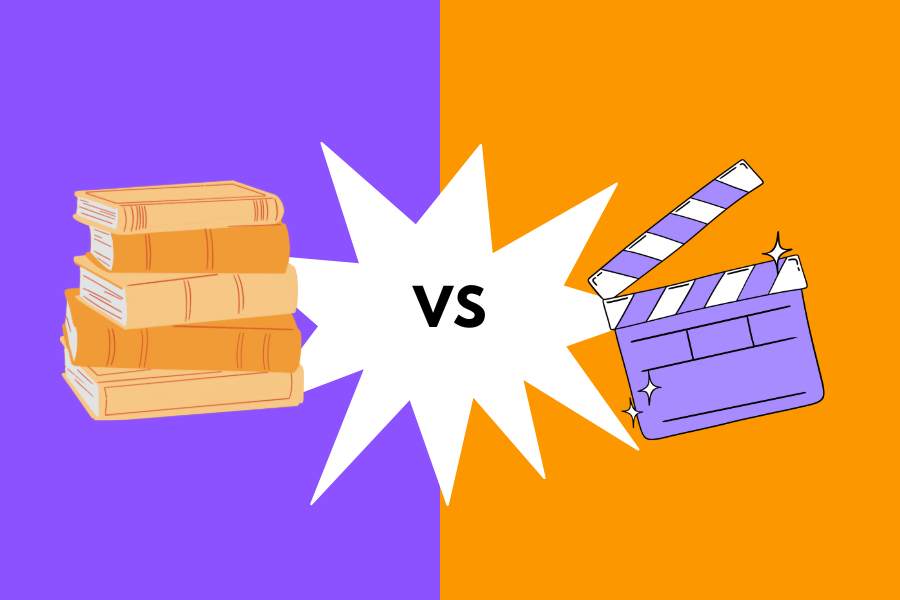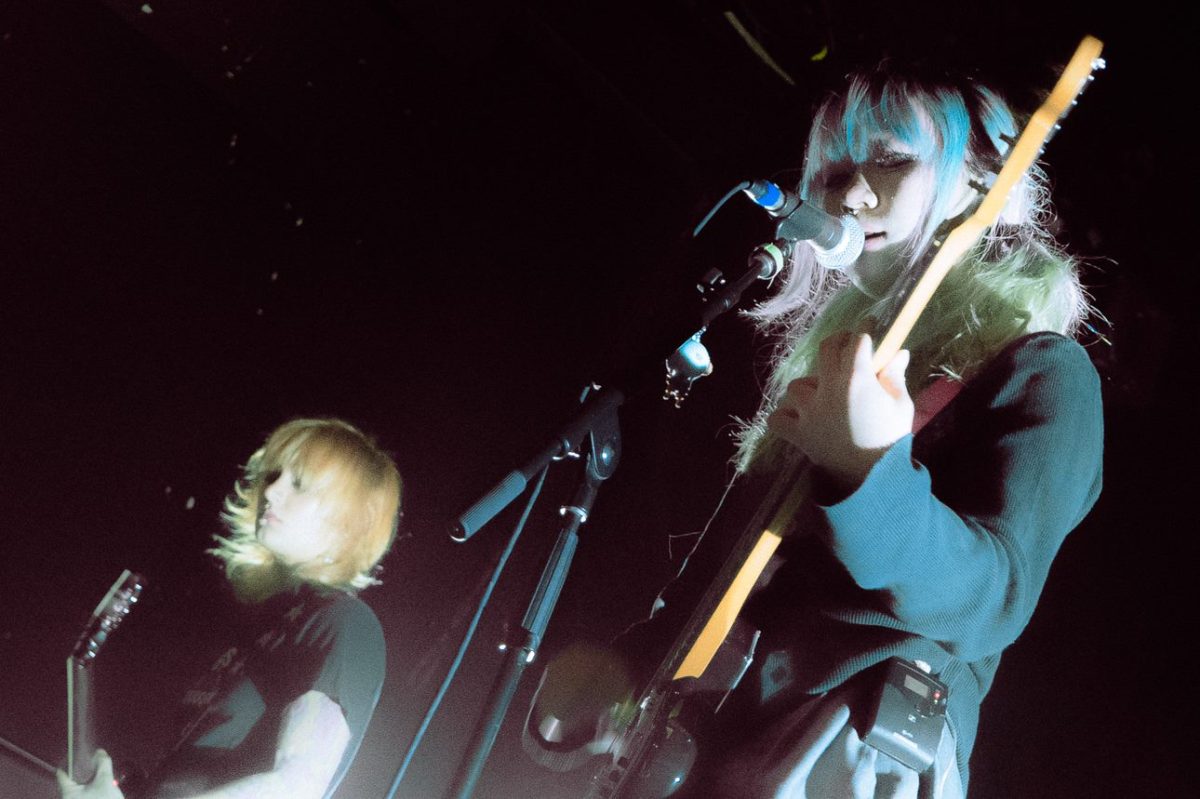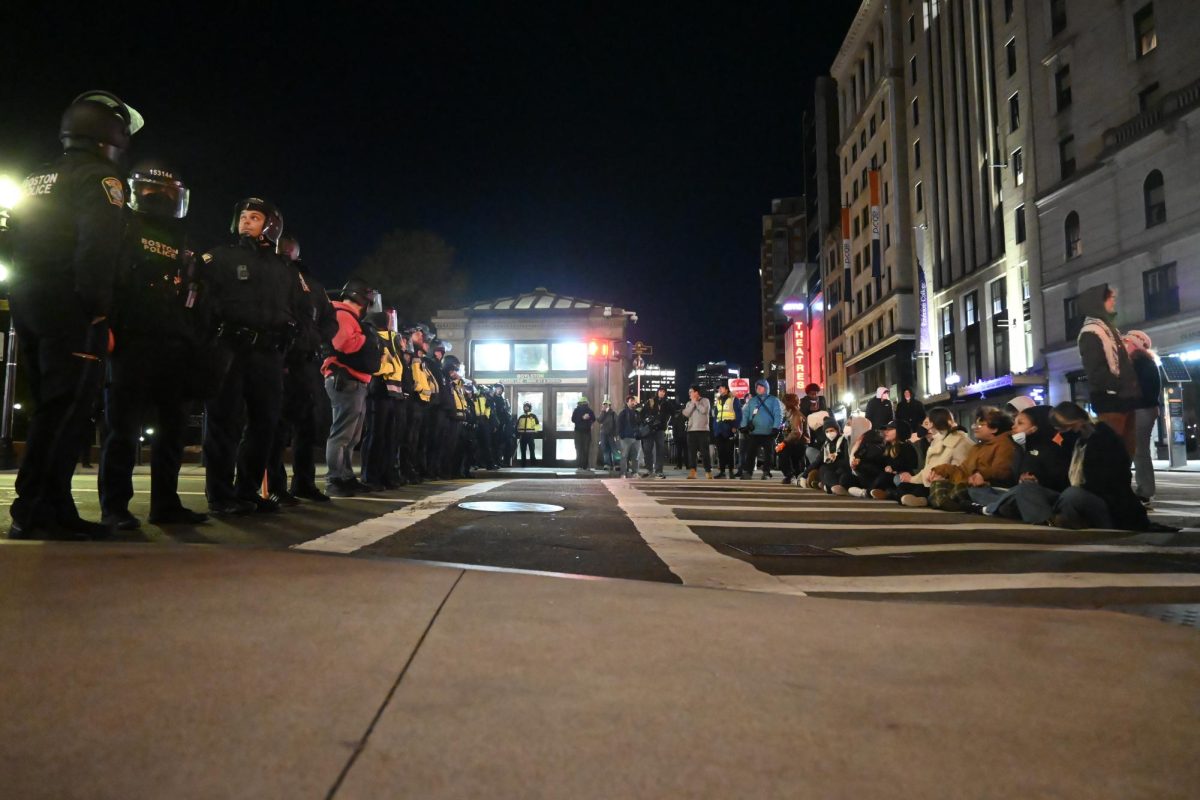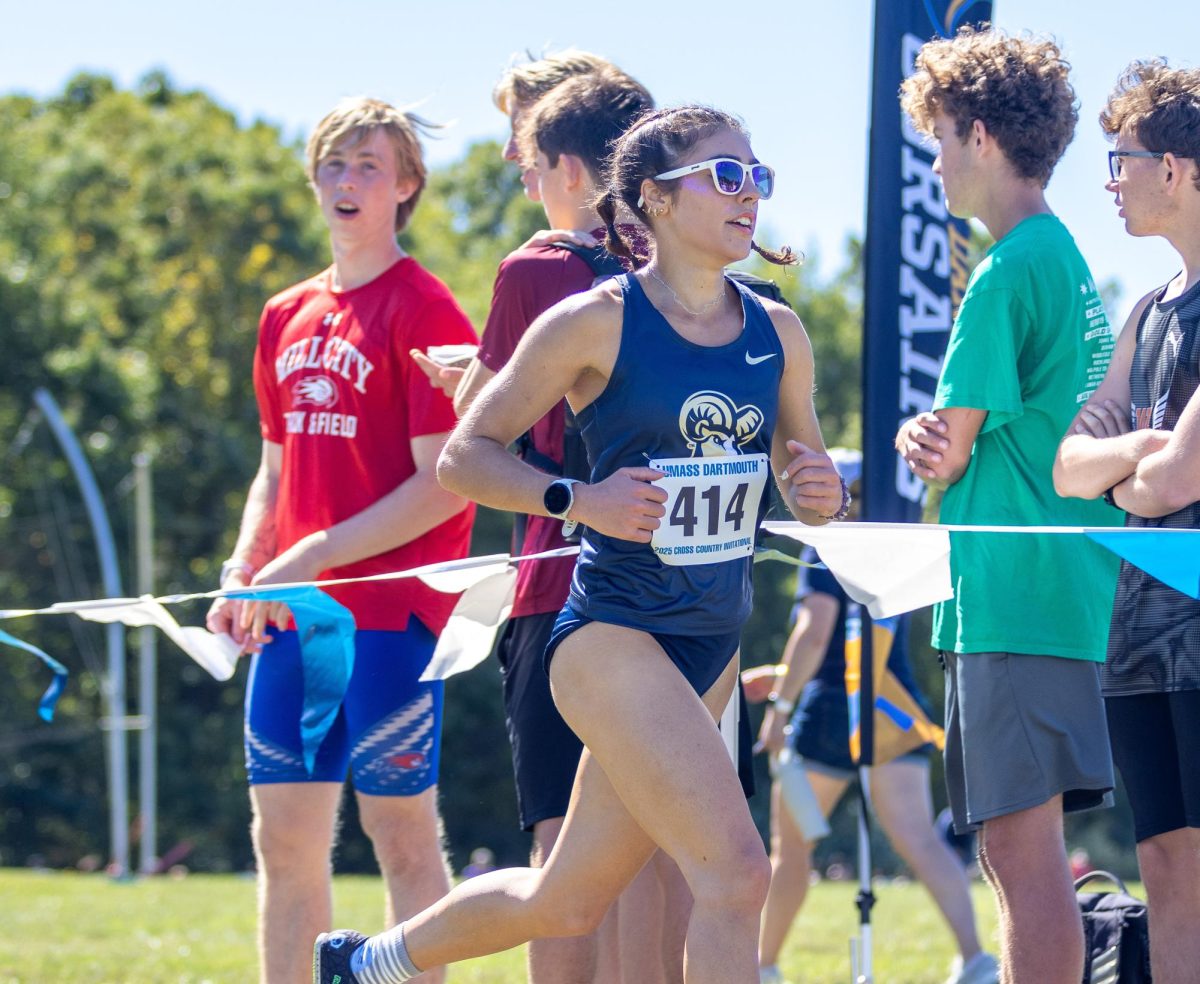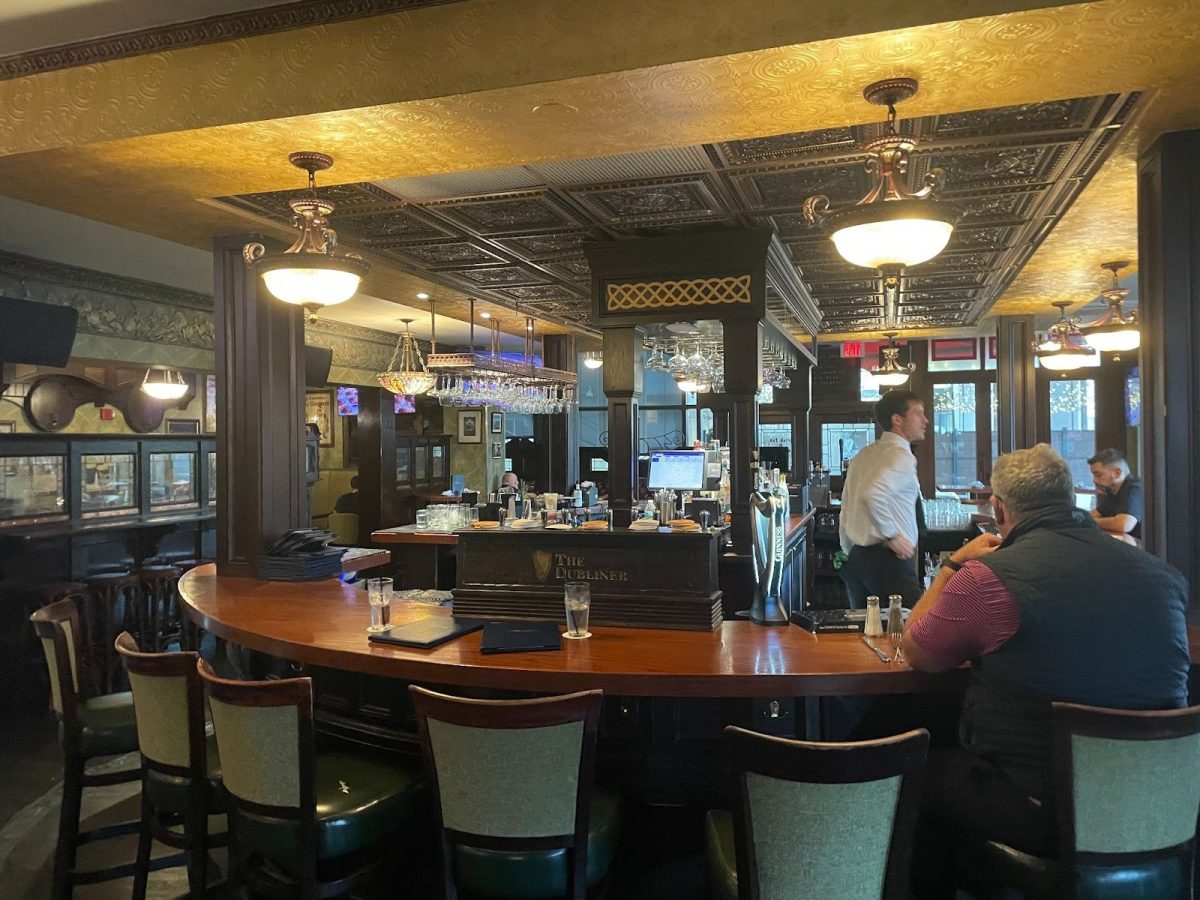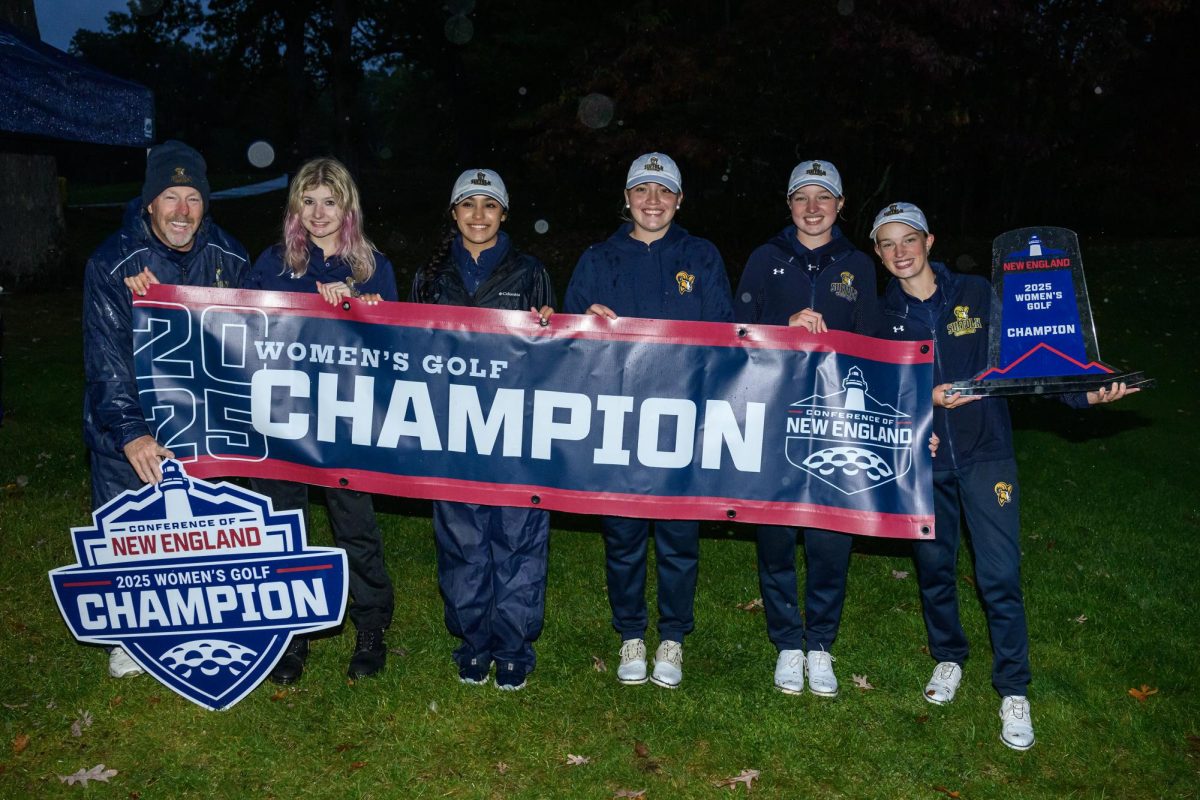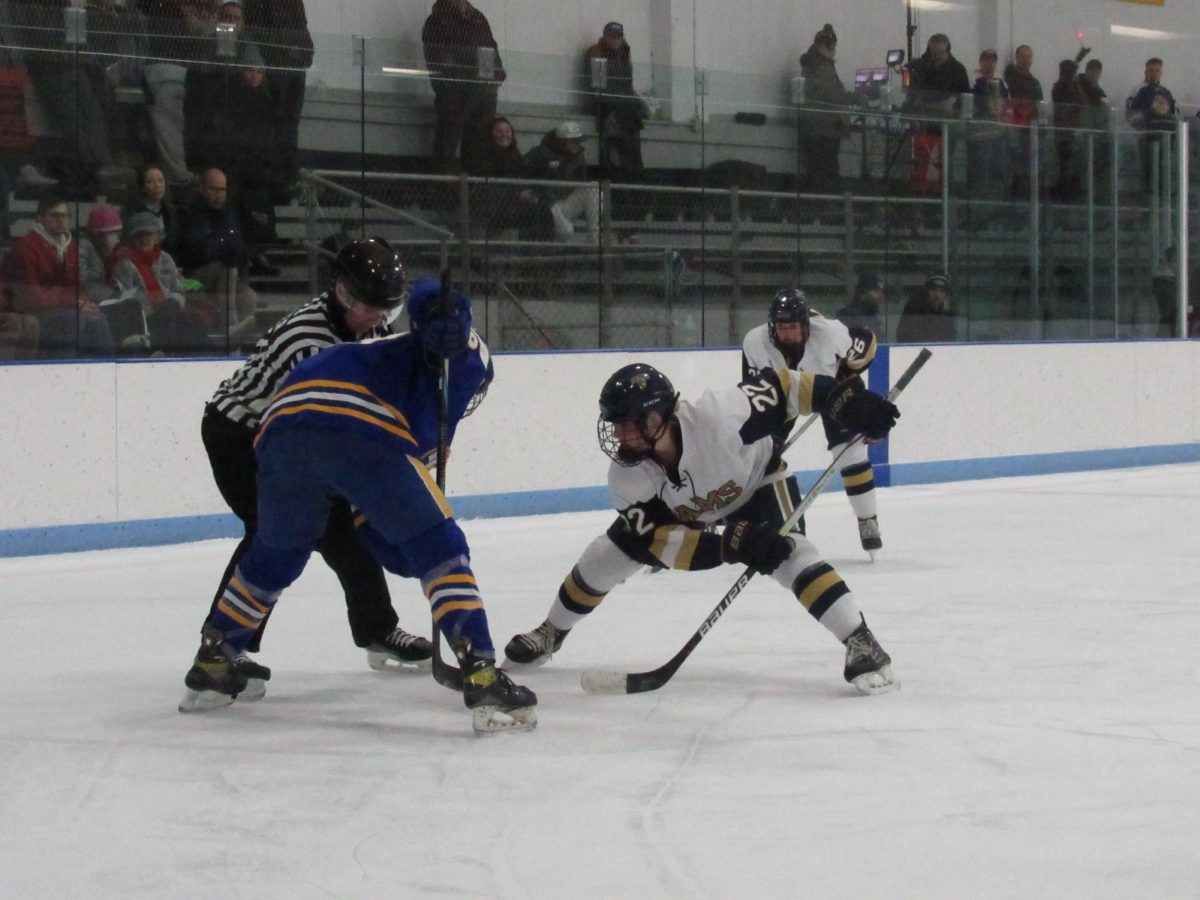“The early morning trains to Ashland carried hundreds of spectators who wished to see the start of the great race,” read The Boston Globe’s article on the first marathon held in the city in 1897.
Over a century later, this description still stands for spectators and runners from all over the world that come to celebrate the historical event.
With the Boston Harbor under high risk of being attacked by Germany during World War I, all sporting events in the area were suddenly subject to cancellation, the marathon being one of them, according to The Globe. However, citizens spoke up and said that to host the marathon, even with the risk, was to make a statement with Greek military history marathons have of victory. The marathon was held, and an American won the race that year.
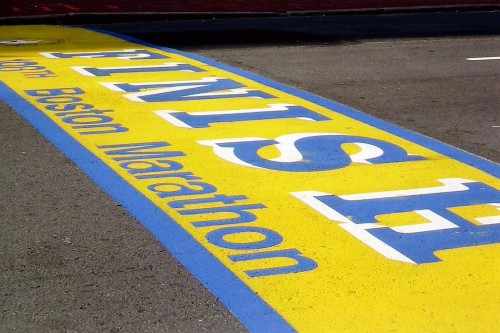
The same happened during World War II and the Vietnam War as runners and visitors filled the Boston streets to witness the grand race. In 1942, an American named Joe Smith was the winner of the marathon. Smith enlisted in the military less than 24 hours after he crossed the finish line.
The race has evolved since then, its finish line being changed more than once and distance increase by about one mile. No longer do less than 50 men run in thin, dirt tracks, but now hundreds gather in carefully arranged and scheduled areas to be transported to the start line, and runners even have an app where they can “meet” other participants in the race.
Needless to say, last year’s race forced the city to make changes, but for the first time the risk that they fear is domestic, rather than an attack from Germany as in earlier times. For this year’s marathon, strict security measures have been put into place, restricting the size of bags and items that are allowed in the areas that has been specially marked off for the race. Not surprisingly, the number of people who tried to register to the event was at a record high, as BAA.org reported.
Additionally, online campaigns and famous photographers have shared powerful images of people who were affected by last year’s tragedy to display that they are still standing strong, Boston Strong.” Although it is not uncommon for runners to represent charities or causes in the race, a special organization by former Mayor Thomas Menino and Governor Deval Patrick called “One Fund” was founded just days after last year’s marathon. All proceeds, which were over $60 million in the first 75 days according to the official One Fund website, were used to help citizens who were affected.
Over one hundred races have passed, and thousands of runners representing the world have run the streets of Boston since this race has first held. Different years bring different worries, different obstacles, and different runners. Only one year has passed since the marathon was attacked, but over a century has passed that the fans and athletes of the race have pushed through hardship, attended despite possible risks, and participated to keep the traditional event going. There will be more than one winner this year: the brave returning runners, the person who finishes the race first, those who were affected and their relatives, and the city of Boston.


